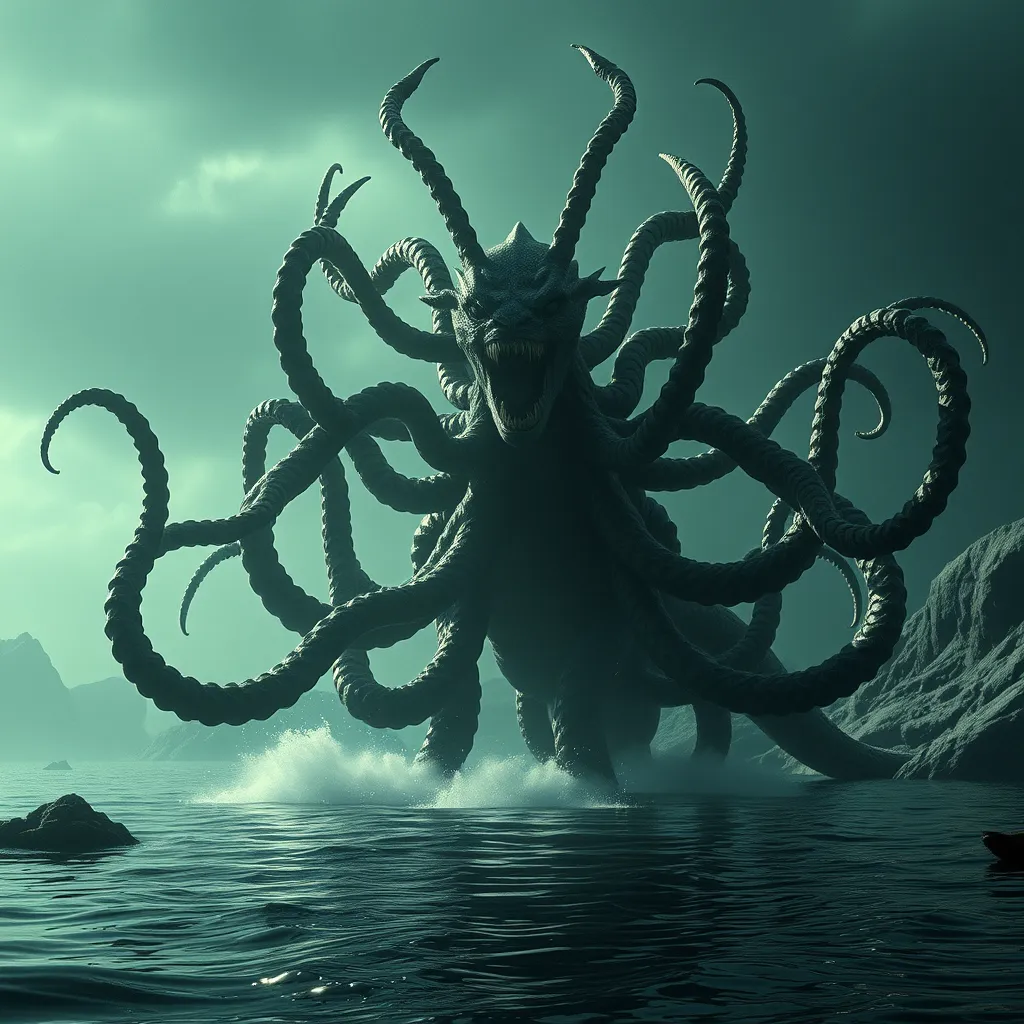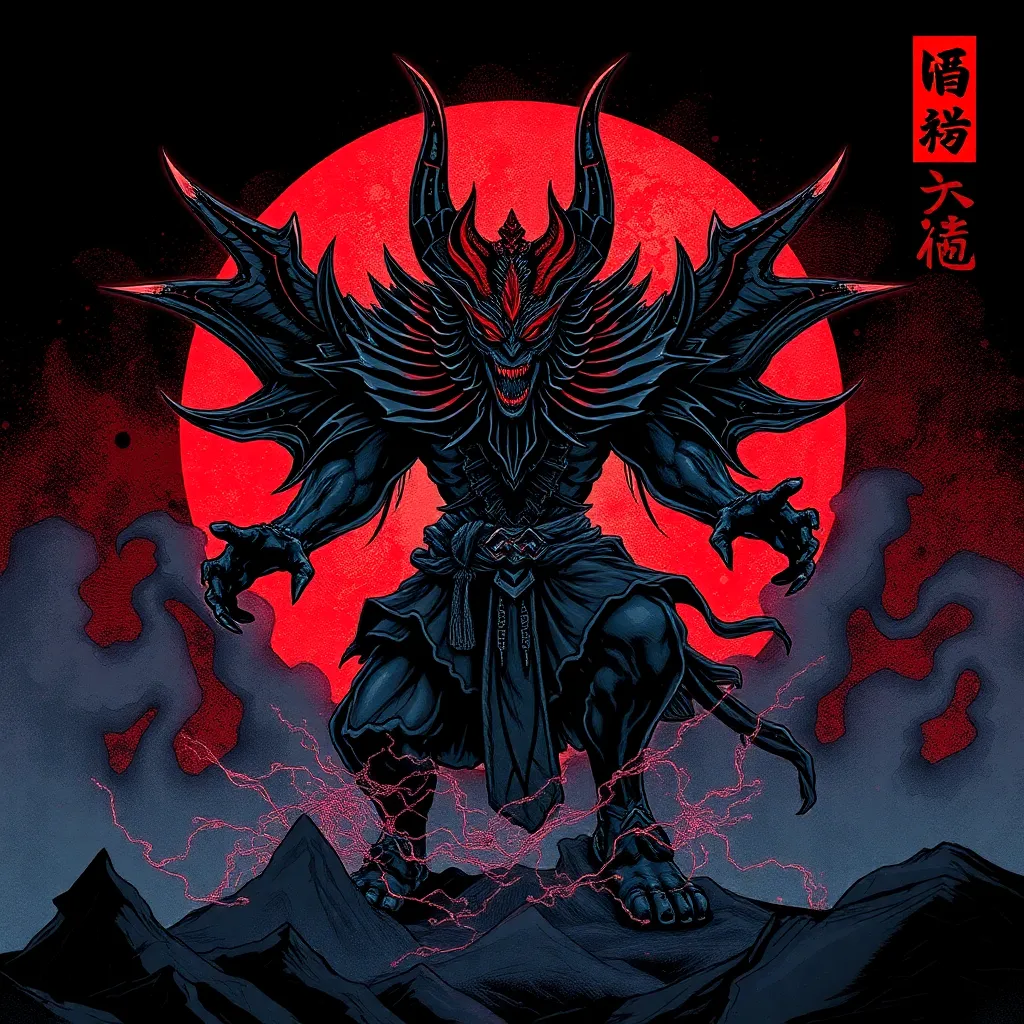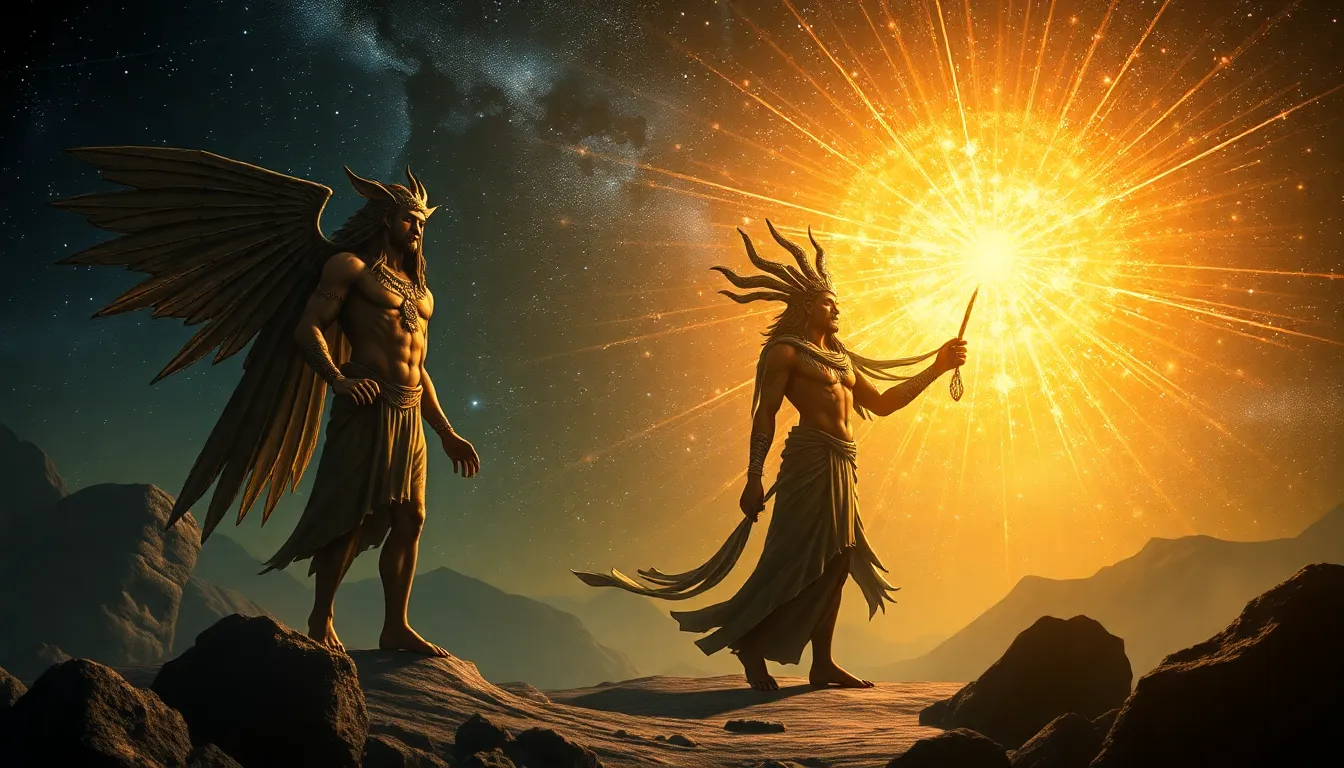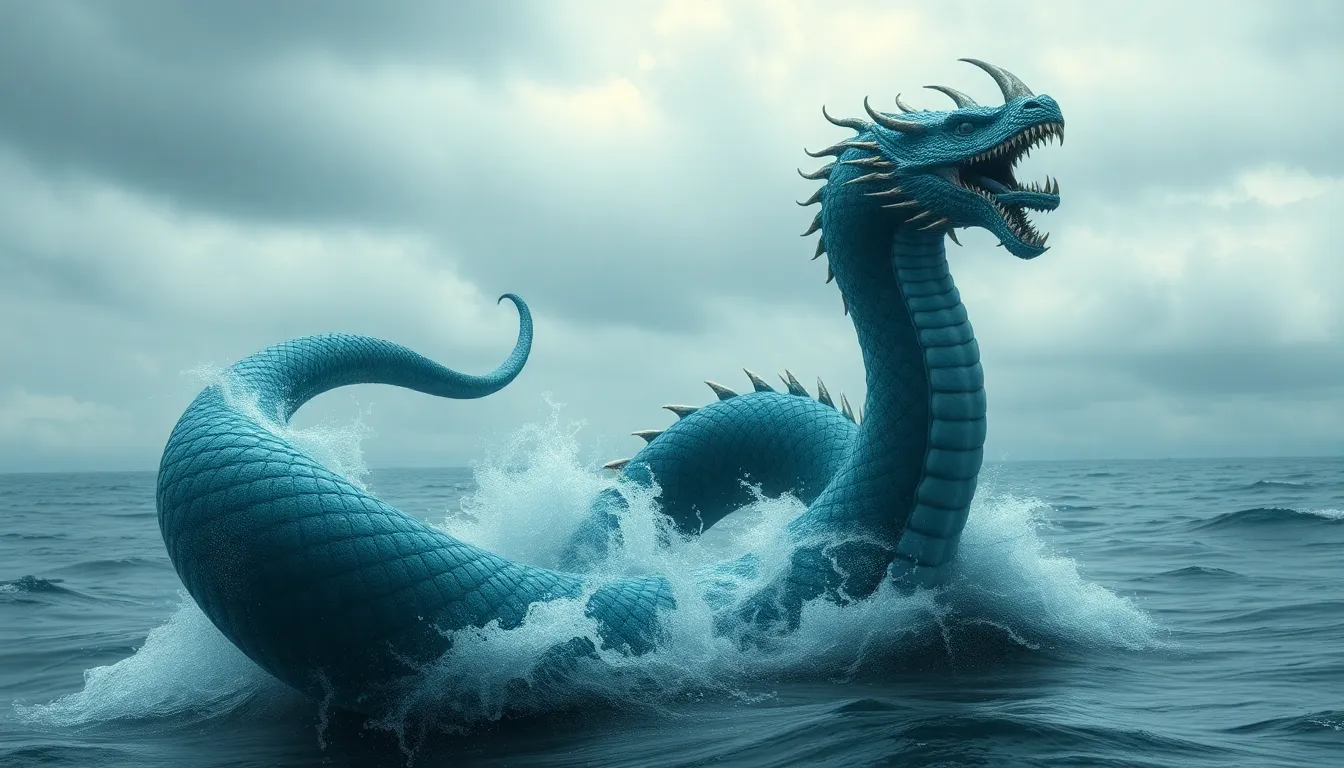Hydra in Cinema: The Monster’s Evolution in Film and Television
I. Introduction
The Hydra, a serpentine creature from ancient Greek mythology, has captured the imagination of countless generations. Defined as a multi-headed monster, the Hydra embodies the themes of fear, danger, and the struggle against insurmountable odds. Its origins can be traced back to the myth of Hercules, who famously battled the creature as one of his twelve labors. The Hydra’s significance extends beyond mythology, influencing various aspects of popular culture, especially in film and television.
This article explores the evolution of the Hydra in cinema and television, examining how this legendary monster has been portrayed over the decades, the technological advancements that have shaped its representation, and the thematic implications of its presence in modern narratives.
II. The Hydra in Ancient Mythology
In Greek mythology, the Hydra is primarily known for its role in the Labors of Hercules. As a creature with multiple heads—often depicted as having nine—the Hydra was said to regenerate two heads for every one that was cut off, making it a formidable opponent. The monster resided in the swamp of Lerna, where it terrorized the surrounding towns.
Key characteristics and symbolism of the Hydra include:
- Immortality: The Hydra’s regenerative abilities symbolize the challenges that seem impossible to overcome.
- Fear: As a creature that embodies chaos and destruction, the Hydra represents humanity’s fear of the unknown.
- Heroism: The monster’s defeat by Hercules signifies the triumph of courage over adversity.
The Hydra’s significance as a monster in hero narratives is profound, illustrating the hero’s journey and the necessity of facing one’s fears to achieve greatness.
III. Early Film Representations of the Hydra
The early 20th century saw the emergence of the Hydra in silent films and the nascent era of cinema. These early representations often relied on practical effects and theatrical performances rather than advanced technology. Notable early adaptations include various interpretations of Greek myths that featured the Hydra as a monstrous adversary.
As technology began to evolve, filmmakers gained new tools to depict the Hydra more convincingly. The use of stop-motion animation and puppetry became popular, allowing for more dynamic and engaging portrayals of the creature. For instance, in the 1940s, films began experimenting with these techniques, leading to more imaginative interpretations of the Hydra’s fearsome appearance.
IV. The Hydra in Classic Fantasy Films
The rise of fantasy films in the mid-20th century heralded a new era for the Hydra. Iconic depictions of the monster can be found in classics such as Jason and the Argonauts (1963), where Ray Harryhausen’s groundbreaking stop-motion animation brought the Hydra to life in a memorable battle sequence. This film not only showcased the Hydra’s terrifying presence but also highlighted the artistic potential of special effects in storytelling.
Special effects innovations played a crucial role in the portrayal of the Hydra, as filmmakers began to experiment with techniques such as:
- Stop-motion animation: This method allowed for intricate and lifelike movements.
- Mechanical puppetry: Creators could control the creature’s movements more precisely.
- Matte painting: This technique helped in creating expansive environments where the Hydra could roam freely.
These advancements enhanced the audience’s experience and solidified the Hydra’s place in fantasy cinema.
V. Modern Adaptations and Interpretations
In contemporary cinema, the Hydra has found new life in films such as Clash of the Titans (2010), where CGI technology allowed for a reimagined version of the creature. In this adaptation, the Hydra is portrayed with stunning visual effects that emphasize its massive size and terrifying abilities. The character of the Hydra has evolved, reflecting changes in narrative role and characterization.
Key changes in the modern portrayal of the Hydra include:
- Characterization: The Hydra is often depicted as a more complex antagonist, with motivations that go beyond simple destruction.
- Narrative role: The creature frequently serves as a test for the hero, representing personal and external challenges that must be overcome.
- Impact of CGI: The use of computer-generated imagery has allowed for more intricate designs and realistic movements, enhancing the overall storytelling.
The advancements in technology have transformed the Hydra from a traditional monster into a visually stunning and multifaceted character.
VI. The Hydra in Television Series
The Hydra has also made numerous appearances in television series, particularly in fantasy and sci-fi genres. Shows like Hercules: The Legendary Journeys and Xena: Warrior Princess brought the creature to the small screen, often with different interpretations compared to film. These series often utilized a blend of practical effects and early CGI to depict the Hydra, adapting its story to fit episodic narratives.
Differences in portrayal compared to film can include:
- Character development: Television series often provide more backstory and depth to the creature.
- Recurring appearances: The Hydra can be featured multiple times, allowing for an evolving narrative.
- Audience engagement: The serialized format fosters a stronger connection with viewers, who become invested in the characters and their struggles.
The long-term cultural impact of the Hydra in television is significant, as it has helped to shape the modern understanding of mythological creatures and their relevance in contemporary storytelling.
VII. Thematic Analysis of the Hydra’s Evolution
The Hydra serves as a powerful metaphor for modern challenges, reflecting the complexities of contemporary life. Its multi-headed nature can symbolize the various adversities that individuals face, from personal struggles to societal issues. Themes such as heroism, danger, and resilience are central to Hydra stories, mirroring the human experience.
Societal changes continue to influence the portrayal of the Hydra, as filmmakers and writers adapt the creature to reflect current fears and challenges. For instance, the Hydra may represent:
- Environmental concerns: As a creature of chaos, it can symbolize the consequences of humanity’s actions on nature.
- Personal growth: Heroes facing the Hydra often reflect the journey of overcoming internal and external obstacles.
- Collective struggles: The Hydra can embody societal issues, such as political unrest or cultural conflict, that require collective action to address.
This thematic depth adds layers to the Hydra’s representation, making it relevant to modern audiences.
VIII. Conclusion
The evolution of the Hydra in film and television demonstrates the enduring legacy of this mythological creature. From its origins in ancient mythology to its modern representations, the Hydra has transformed significantly while retaining its core symbolism of fear and challenge.
As filmmakers continue to explore new technologies and narratives, the future possibilities for the Hydra in upcoming media projects are vast. Its ability to adapt and resonate with contemporary audiences ensures that the Hydra will remain a captivating figure in popular culture for years to come.



